5. The Shawshank Redemption (Frank Darabont, 1994)
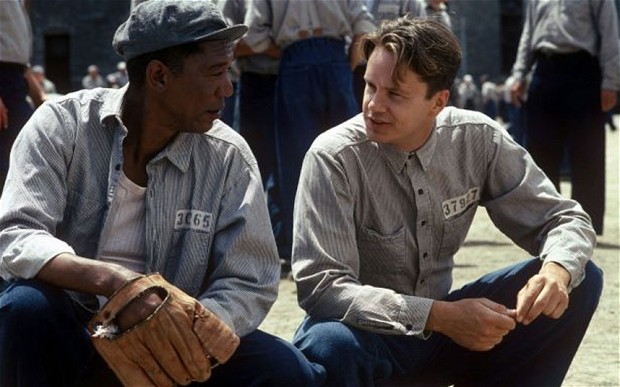
The plot of “The Shawshank Redemption”, detailing the lives of two inmates at Shawshank State Penitentiary, may sound dull on paper, but the bond between these two men and the ordeals they face is absolutely heartbreaking. Although not a big commercial hit upon its initial release, it has since been considered one of the best films ever made. It ranks as the #1 film on the Top 250 films list on IMDb, even beating “The Godfather”.
In the end, after the two leads face many years of hell together, it is genuinely heartwarming when you see them reunited at a beach in Mexico, far away from their past and out of America’s legal jurisdiction. However, the film was originally going to end with the penultimate scene where Red (Morgan Freeman) is left wondering if he will ever see Andy (Tim Robbins) again, as he is traveling on a bus headed for Mexico.
There would have been no closure or anything to indicate if Red met up with Andy in Mexico. All the time and commitment put in by the audience would have been for nothing had this been the case, especially with such an emotional rollercoaster of a film like “The Shawshank Redemption”.
Although the ending was basically just another scene added onto what was already in the film, it makes a world of difference to see that these two inmates serving life sentences remained lifelong friends with their newfound freedom. It wasn’t until it was suggested to director Frank Darabont that viewers will be upset without the lack of closure after everything they’d seen, and thank goodness Darabont listened.
4. Dr. Strangelove (Stanley Kubrick, 1964)
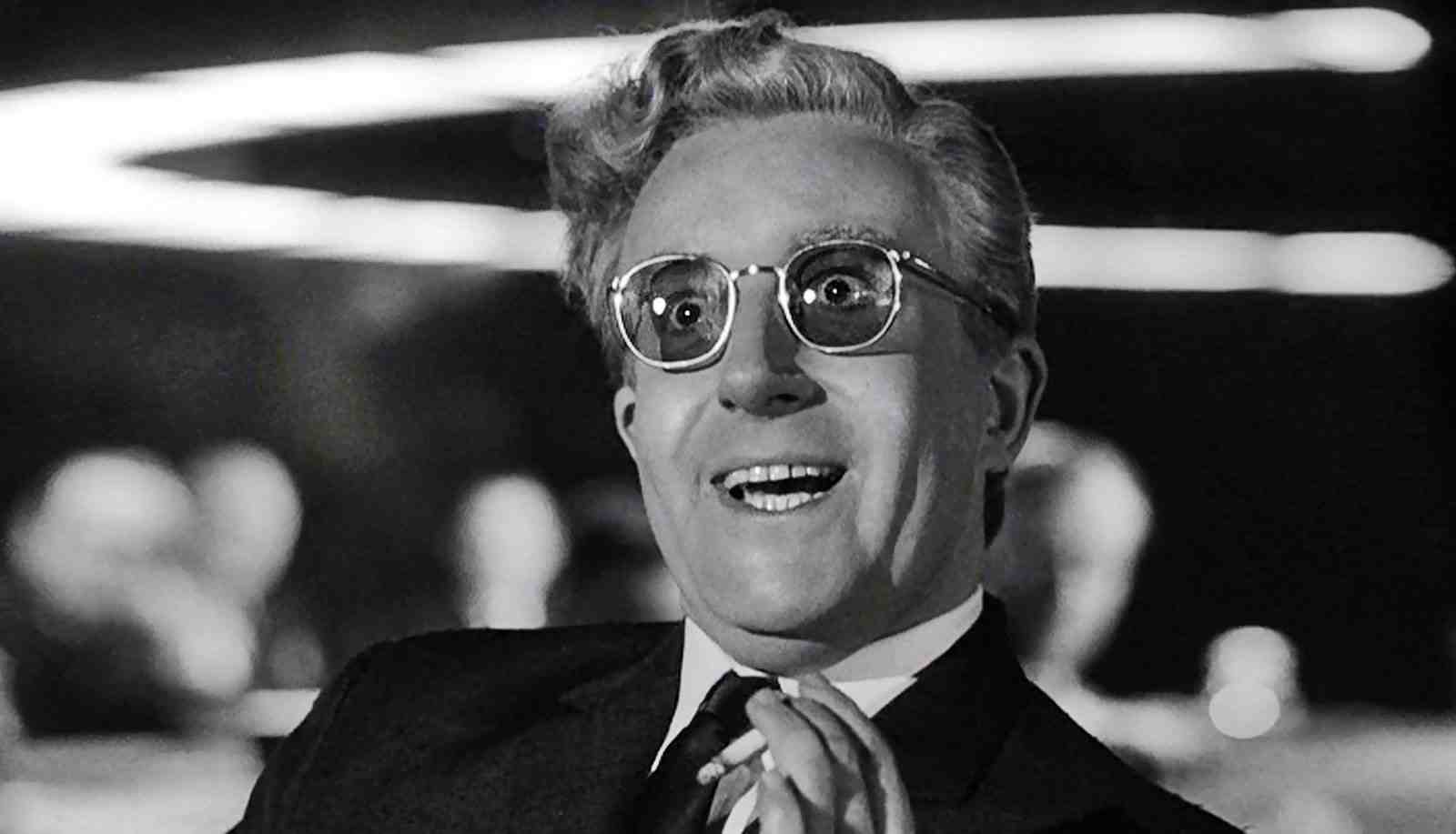
Stanley Kubrick’s cold war satire “Dr. Strangelove” is to this day renowned as one of the best black comedies ever made. It had pitch-perfect satire of how inept the military was regarding how to handle the possible end of the world through nuclear war, and the characters were more concerned about saving face in front of their enemies than saving mankind.
Speaking of saving face, the film almost literally ended with everyone getting a pie in the face. It originally ended with all the military men and politicians from both America and Russia in the war room having a food fight and throwing custard pies at each other. Even though the film was already a wacky satire, this ending would have been too silly. It also would have ruined the impact of the ending and the overall film without the nuclear apocalypse.
In a 1969 interview, Kubrick stated why he removed the pie fight ending from the film: “I decided it was farce and not consistent with the satiric tone of the rest of the film.” The pie scene was said to be ruined by all the actors laughing, since the characters were meant to be serious when having the pie fight as a representation of the missiles all parties would be firing at one another.
3. Clerks (Kevin Smith, 1994)
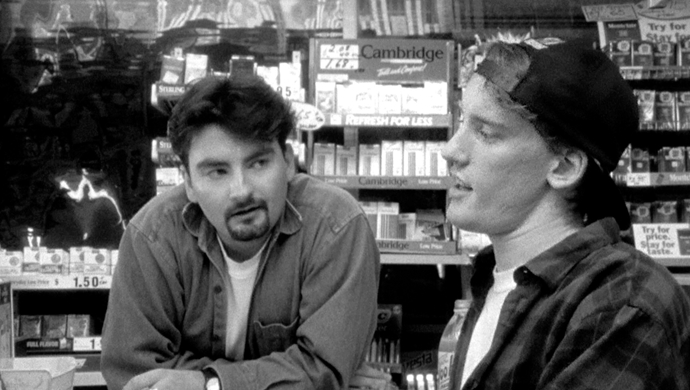
“Clerks” was the debut feature film of indie director Kevin Smith, known for his lighthearted but meaningful stoner and sex comedies. His career has gone into making different kinds of films over the years, but his fans still go back to his very first film, simply because it is hilarious. However, its original ending was not so hilarious. In fact, it was flat out depressing.
After 90 minutes of laughs, pop culture discussions, and learning graphic details about the characters’ love lives, the film originally ended on a very depressing note when a burglar robs the convenience store just as Dante (Brian O’Halloran) is closing up the store after a long day at work, and the burglar shoots him dead and robs the store.
This bleak ending was completely unnecessary and did not fit the rest of the otherwise funny film. It also would have been cruel to Dante as he died at work when, as he kept whining throughout the movie, that he was not even supposed to be there that day. There would have been no “Clerks II” had this ending been used, so that is another good reason Smith chose the ending the film has.
2. True Romance (Tony Scott, 1993)
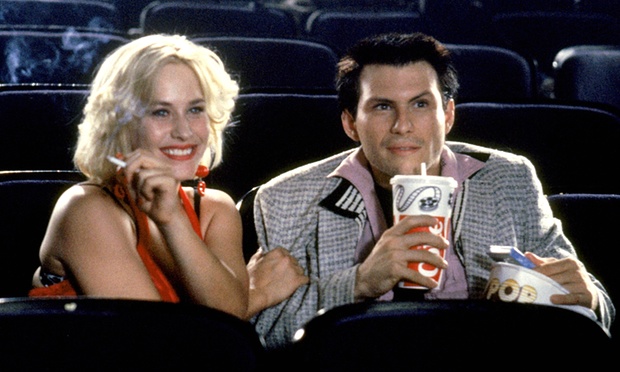
“True Romance” is the odd combination of Quentin Tarantino’s witty dialogue and strong violence, with director Tony Scott’s flair for great visuals and Hollywood blockbuster action. Despite their seemingly very different approaches to filmmaking and storytelling, somehow “True Romance” is a masterpiece. However, one instance where Tarantino’s grimness clashed with Scott’s more upbeat approach was with the ending.
Instead of Clarence (Christian Slater) and Alabama (Patricia Arquette) surviving the shootout the film ends on and escaping the authorities to Mexico, Clarence was originally killed and Alabama would go on the run and live a life of crime. Tarantino had planned for Alabama to hook up with Mr. White from “Reservoir Dogs”, tying “True Romance” with Tarantino’s debut feature.
Slater and Arquette have such great onscreen chemistry that you really do believe that they are Clarence and Alabama and really are in love. So much so that had the original and depressing ending been used, our hearts would have been just as broken as Alabama’s.
Alabama’s monologue in the original ending is quite mean towards Clarence, especially as he had just died, talking about how Clarence’s death is his own fault and how she can get another guy straight away. Although this dialogue is clearly spoken in order for Alabama to grieve and move on from her loss, this would have gone against her being madly in love with Clarence throughout the rest of the film.
This was the original ending in Tarantino’s screenplay, but Scott changed it to the happy ending it has. Tarantino was against this new ending, thinking that the studio demanded a cheesy and tacked-on happy ending, but it was all Scott’s doing.
Scott changed the ending because he liked the characters so much that he wanted them to have a happy ending. So instead of Clarence losing his life, he and Alabama live out the rest of their lives being rich in Mexico with a son named Elvis. For once, the “they lived happily ever after” ending is the right one.
1. Brazil (Terry Gilliam, 1985)
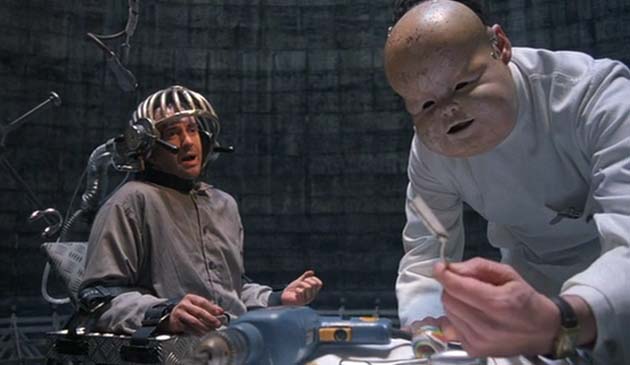
“Brazil” is Terry Gilliam’s dark but visually stunning satire of bureaucracy and tyrannical governments. Although the film was initially only a modest success, it has since become a cult classic and is considered Gilliam’s best film, which is saying something given his filmography. Gilliam’s distinct visual flair matches well with an Orwellian story that is almost like a comedic version of “1984”. The film is bleak throughout, but the original ending almost ruined this classic.
Dubbed the “Love Conquers All” ending, the name alone shows how cheesy and Hollywood this alternative ending was. In this version of events, the rescue that Sam (Jonathan Pryce) imagined was actually happening and that he got to live happily ever after with his literal dream girl. Not only would this have been too silly, since all the fantasy sequences were in Sam’s head, but it would have ruined the point of the film, in that you cannot escape a totalitarian society like the one in the film.
The reason for this was that Universal chairman Sid Sheinberg wanted the happy ending in place instead, and secretly had an team re-editing the film behind Gilliam’s back. Gilliam was naturally furious about this, so he notoriously put a full page ad in Variety asking Sheinberg when his version of “Brazil” was going to be released.
Gilliam and Robert De Niro went on Good Morning America to shame Sheinberg for his actions. Fortunately for film enthusiasts, Gilliam won and the world was treated to one of the greatest films ever made.
Author Bio: Matt Wilson is a professional writer from Melbourne, Australia. His passion for cinema has always been a part of him and he aspires to be a screenwriter or a novelist. He particularly enjoys the films of Michael Cimino, Oliver Stone, Stanley Kubrick, Paul Verhoeven, David Lynch and Quentin Tarantino.